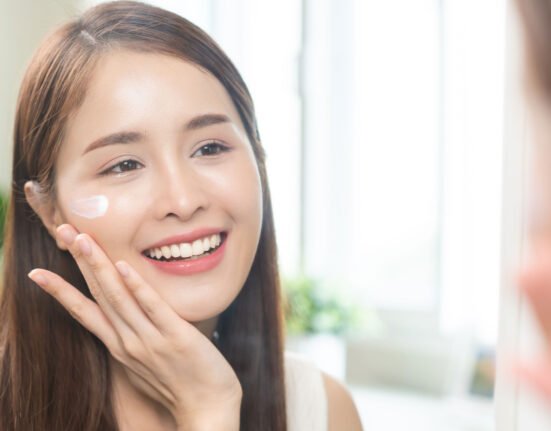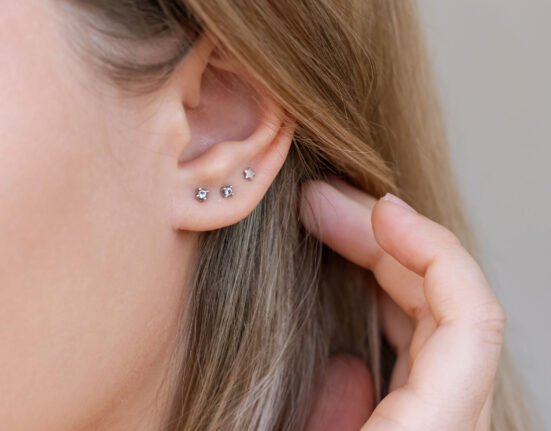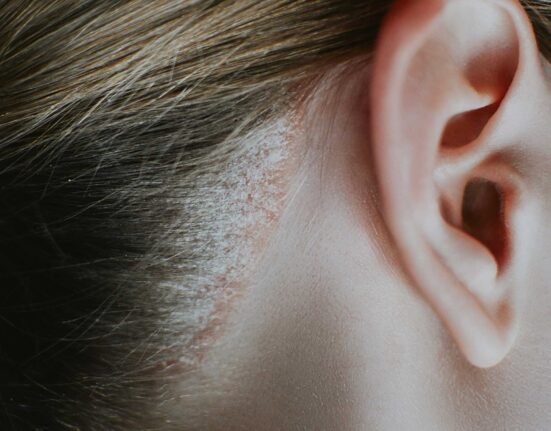Scar Discoloration: Causes and How to Treat It
Scar discoloration is a common condition that happens after a wound heals, often leaving behind a mark that looks darker than the surrounding skin.
This can make many people feel less confident. The condition is known as hyperpigmentation, and it can affect anyone, whether you have fair or dark skin.
In fact, scars are a natural part of the body’s healing process. When the skin is injured, the body forms new tissue to close the wound.
Over time, most scars will fade, and with proper care, they can become much less visible.
But why does scar discoloration happen, and why do some scars turn dark instead? Let’s find out.
Why Scar Discoloration Happens and How to Treat It

Not all scars are the same. Some change the texture of the skin (like keloids or raised scars), while others change the skin’s color. Darkened scars are usually caused by:
1. Sun Exposure During Healing
New skin that forms over a wound is very sensitive to UV rays. Without protection, these new skin cells easily absorb sunlight and become darker.
2. Inflammation
Wounds that are inflamed or heal poorly are more likely to leave behind dark pigmentation.
3. Genetics
Everyone heals differently. Some people’s scars return to normal more quickly, while others are prone to dark spots.
4. Type of Injury
Burns, sun damage, and acne are common causes of hyperpigmentation. Acne, in particular, often leaves dark marks known as post-inflammatory hyperpigmentation.
What Does Scar Discoloration Look Like?
- On fair skin, they usually appear red or reddish-brown
- On medium to dark skin, they tend to show as dark brown patches
- On burn scars, the skin often looks darker and slightly shiny
Tips to Prevent Scar Discoloration
Here are some simple ways to reduce the chance of scars turning dark:
1. Don’t Scratch or Pick at The Wound
Allowing the skin to heal naturally helps minimize scarring.
2. Keep The Wound Moisturized
Apply wund+™ Regeneration Cream after the wound has closed to support faster skin regeneration.
3. Avoid Direct Sunlight
Protect the healing area with clothing or sunscreen.
4. Clean The Wound Properly from The Start
Use wund+™ Wound Spray to keep the wound free from bacteria and reduce inflammation.
5. Use Scar Care Treatments
If scars or dark marks have already formed, apply wund+™ Scar Gel regularly to help fade them over time.
Can Scar Discoloration Be Treated?
The good news: yes, it can! There are many ways to fade dark scars, from at-home skincare to professional medical treatments.
One of the most important steps is keeping the skin well-moisturized and encouraging regeneration:
- Use wund+™ Regeneration Cream to hydrate and repair skin tissue after the wound has closed.
- For existing scars, apply wund+™ Scar Gel. Its blend of Glycerin, Citric Acid, and Silicone helps speed up tissue repair, while Micro-encapsulated Pigment naturally reduces the appearance of dark spots.
Dark scars don’t have to hold you back. Treat them early with the complete wound care range from wund+™.
Heal your wounds the right way, prevent dark marks, and let your skin look healthy and confident again!
References
My Cleveland Clinic. Accessed in 2025. Scars.
Vibrant Dermatology. Accessed in 2025. What Causes Scars to Turn Dark?














Leave feedback about this